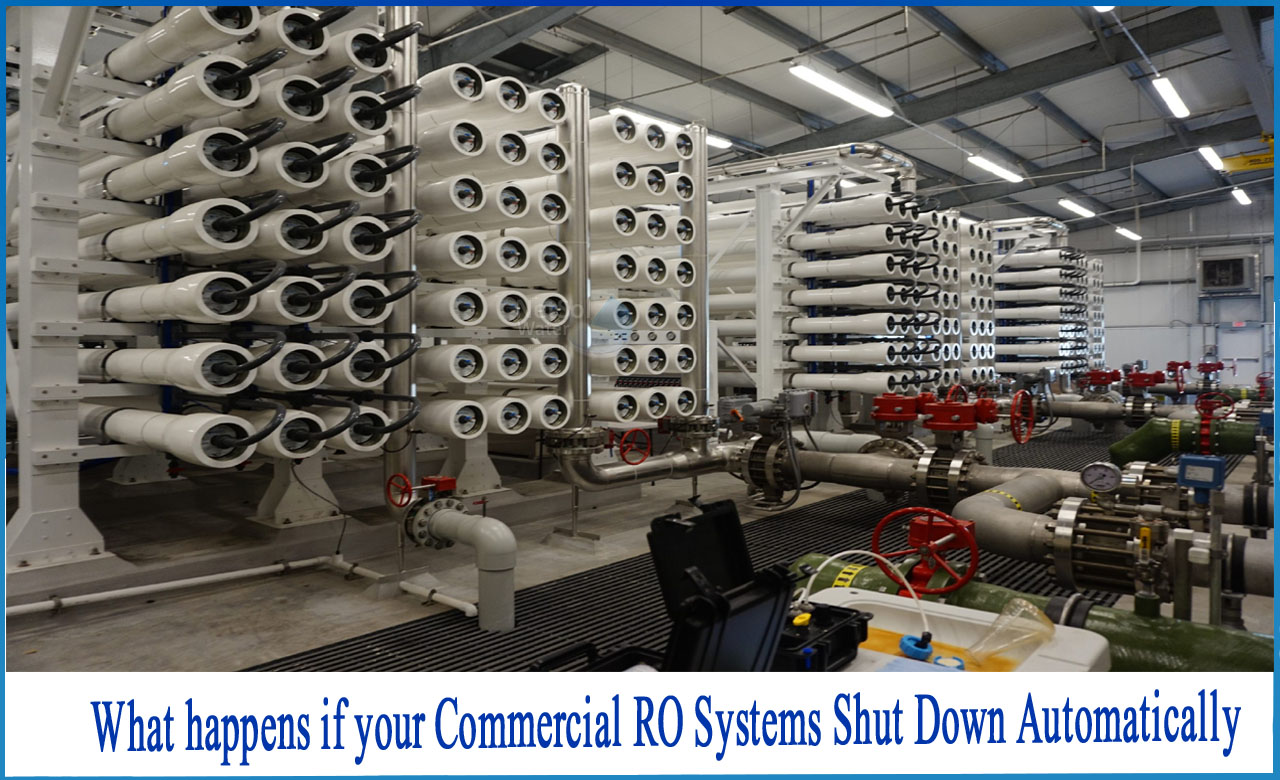Introduction
If you've ever read a news report about a horrible drought and then switched to your computer to view your lovely ocean beach screensaver and thought to yourself, "Why don't they simply use that?" don't feel silly.
Of course, you probably made a few notes to yourself throughout that time. For starters, the sea is salty. Two, drinking or growing plants in salty water is not a good idea. Three, just as you can't dissolve the sugar in your tea, you can't remove the salt out of water. Or do you think you can?
Let is give this blog a read to find out!
Desalination (the process of removing salt from saltwater) is made feasible via reverse osmosis. Reverse osmosis is also utilized for recycling, wastewater treatment, and even energy production.
Water challenges have risen to the top of the global priority list. Climate change has resulted in extraordinary environmental consequences, including flash floods in some regions, droughts in others, and rising and lowering sea levels. When you include in the problem of over-population, as well as the increased demand and pollution that comes with it, water becomes one of the most important environmental concerns for the future generation.
We at Netsol Water assure you that our RO systems make the most potable water with most effective cost and time. The only thing you have to care about is, whether it is working properly or not.
How do you know if your RO Systems are working properly?
We have to keep a check on working of RO _
A reverse-osmosis system includes a cold-water valve, which collects water from an external source and feeds it into the system. The cold water is then filtered via a pre-filter to remove sediments and contaminants. The RO membrane is the most important part of the system since it allows the filtration process to take place. The water flows through a post-filter, which is usually made of carbon, after departing the storage tank.
After passing through this filter, the odour is entirely gone. When the storage tank is full, the shut-off valve saves water. At any given moment, the storage tank may contain up to 3 gallons of water. The water comes out of the faucet after passing through the entire filtering procedure.
For efficient working of RO, all this working needs to be synchronized properly, if any of the component shows lack in coordination, then whole RO system can suffer.
What happens if your Commercial RO systems shut down automatically?
Let us consider the consequences of faulty water equipment’s, especially the shutdown problems. This is not meant to be alarmist.
Because the concentration of inorganic salts on the concentrated water side of the membrane is significantly higher than that of the raw water, the pressure is quickly lowered without proper cleansing when the pure water equipment is shut off, causing the membrane to be contaminated. Because the water of chemical reagents may induce membrane fouling following equipment shutdown, rinse with prepared water with chemical reagents added.
When the water equipment is ready to shut down:
You should cease adding chemical reagents, gradually drop the pressure to around 3bar, and rinse it with treated water for ten minutes, until the concentrated water's TDS is very near to the raw water's TDS.
To avoid unnecessary problem and loss, properly follow the directions in the manufacturer’s handbook when operating the equipment.
Technical assistance and guidance
Water pollution is a serious problem now-a-days, and Netsol is utilized in big businesses and industries to maintain water quality and cleanliness. We collaborate with a wide range of international organizations to tackle complicated RO problems by strategically integrating modern treatment technology with practical solutions.
If you need technical help and guidance, or simply have a query regarding our water and wastewater treatment technology solutions, contact one of our expert advisers via phone at +919650608473 or contact via email at enquiry@netsolwater.com



